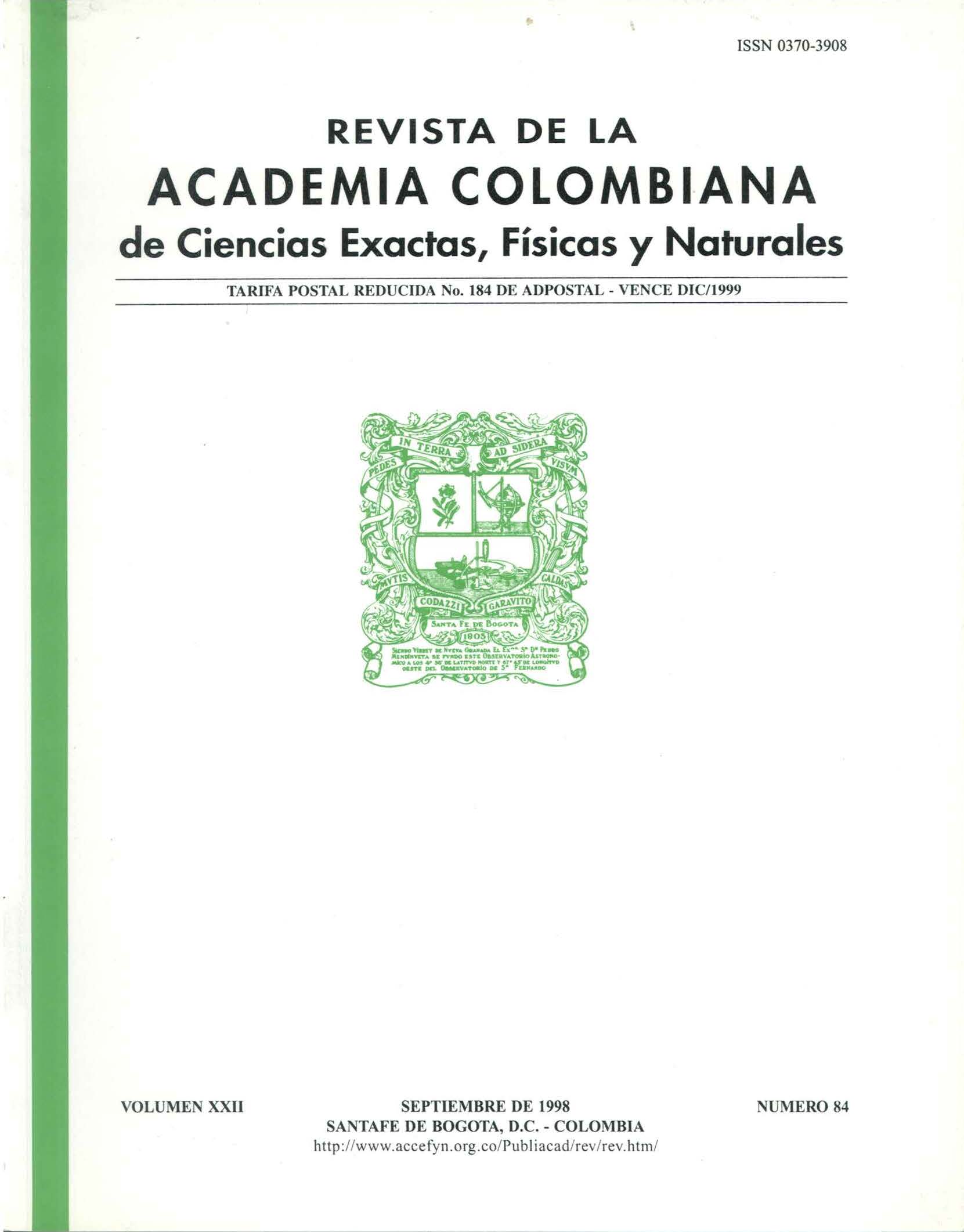Resumen
Se muestra que las partes conocidas de los términos espectrales moleculares, correspondientes a la energía de los movimientos electrónicos, rotaciones nucleares y vibraciones nucleares, pueden obtenerse sistemáticamente como los miembros de un desarrollo en serie de potencias de la raíz cuarta de la relación entre la masa del electrón y la masa promedio de los núcleos. El procedimiento lleva a unas ecuaciones para las rotaciones que representan una generalización de la hipótesis de Kramers y Pauli (del trompo con momentum angular intrínseco). También se obtiene una justificación de las observaciones presentadas por Franck y Condon sobre la intensidad de las líneas de banda. Esto se muestra para el caso de las moléculas diatómicas.
Referencias
Fukui, K. (1970). "A Formulation of the Reaction Coordinate." J. Phys. Chem. 74: 4161.
Combes, J. M., Duclos, P., & Seller, P. (1980). "The Born-Oppenheimer Approximation." En Rigorous Atomic and Molecular Physics, eds. G. Velo y A. S. Wightman. NATO Series B, vol. 74.
Moyano, G., & Villaveces, J. L. (1998). "Approximation to Wave Functions, Energies, and Energy Derivatives for Molecular Systems Based on Distribution Theory." Int. J. Chem. In Press.
Sutcliffe, B. T. (1992). "The Chemical Bond and Molecular Structure." J. Mol. Struct. (Theochem). 259: 29.
Sutcliffe, B. T. (1993). "The Coupling of Nuclear and Electronic Motions in Molecules." J. Chem. Soc. Faraday Trans. 89: 2321.
Woolley, R. G. (1991). "Quantum Chemistry Beyond the Born-Oppenheimer Approximation." J. Mol. Struct. (Theochem). 230: 17.

Esta obra está bajo una licencia internacional Creative Commons Atribución-NoComercial-SinDerivadas 4.0.

